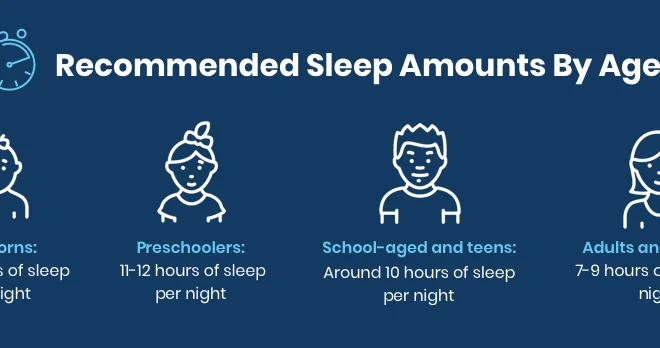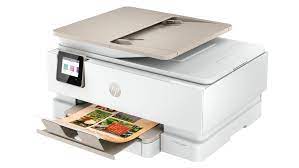What to Do After Buying a Car

Congratulations on your new car purchase! Now that you have the keys to your dream vehicle, it’s essential to take the right steps to ensure a smooth journey ahead. Here is a comprehensive guide on what to do after buying a car.
1. Review the paperwork: Before driving off, double-check all the paperwork you received from the dealership or seller. Ensure that you have the correct VIN (Vehicle Identification Number), title, and financing documents. Store these papers in a safe place, as you’ll need them for future reference.
2. Acquire insurance: Driving without insurance is illegal in most places, so securing adequate coverage should be your top priority. Contact your current insurance provider or shop around for competitive rates. You can usually add your new vehicle to an existing policy, or start a new one if needed.
3. Register your car: Visit your local Department of Motor Vehicles (DMV) office or motor vehicle agency to register your new car. Bring all necessary documents like ownership, proof of insurance, and identification with you. Expect to pay registration fees and taxes based on the vehicle’s value.
4. Apply for license plates: Some dealerships may provide temporary license plates while waiting for permanent ones. If not, inquire at your local DMV about applying for license plates. Ensure that you display them correctly before hitting the road.
5. Familiarize yourself with the car: Spend time getting comfortable with your new vehicle’s features and controls before driving it extensively. Read through the owner’s manual and practice using features like audio controls, navigation systems, air conditioning settings, and safety measures during short trips around town.
6. Schedule maintenance: Create a maintenance schedule for services like oil changes, tire rotations, and brake inspections according to recommendations laid out in the owner’s manual. Staying vigilant about regular check-ups will extend your car’s lifespan and reduce expensive repair bills in the long run.
7. Break-in period: Many manufacturers recommend a break-in period of 500-1,000 miles for new vehicles. During this time, avoid harsh acceleration, excessive engine revving, and towing heavy loads to ensure optimal performance and fuel efficiency in the long term.
8. Customize your car: Personalize your new ride by adding features such as seat covers, floor mats, and window tinting. This will not only improve your vehicle’s aesthetics but also increase its resale value later on.
9. Build an emergency kit: Preparing for unexpected situations is essential when you’re on the road. Create an emergency car kit that includes a first-aid box, flashlight, jumper cables, blanket, non-perishable food items, and flares.
10. Enjoy your new car: After taking care of all necessary steps, it’s time to enjoy the benefits of your new vehicle! Plan road trips, explore scenic routes, or simply drive around in style knowing you’ve taken all necessary precautions for a smooth ride ahead.
By following these essential post-purchase steps, you’ll be well-prepared to navigate the roads with confidence and enthusiasm in your new car. Safe driving!





